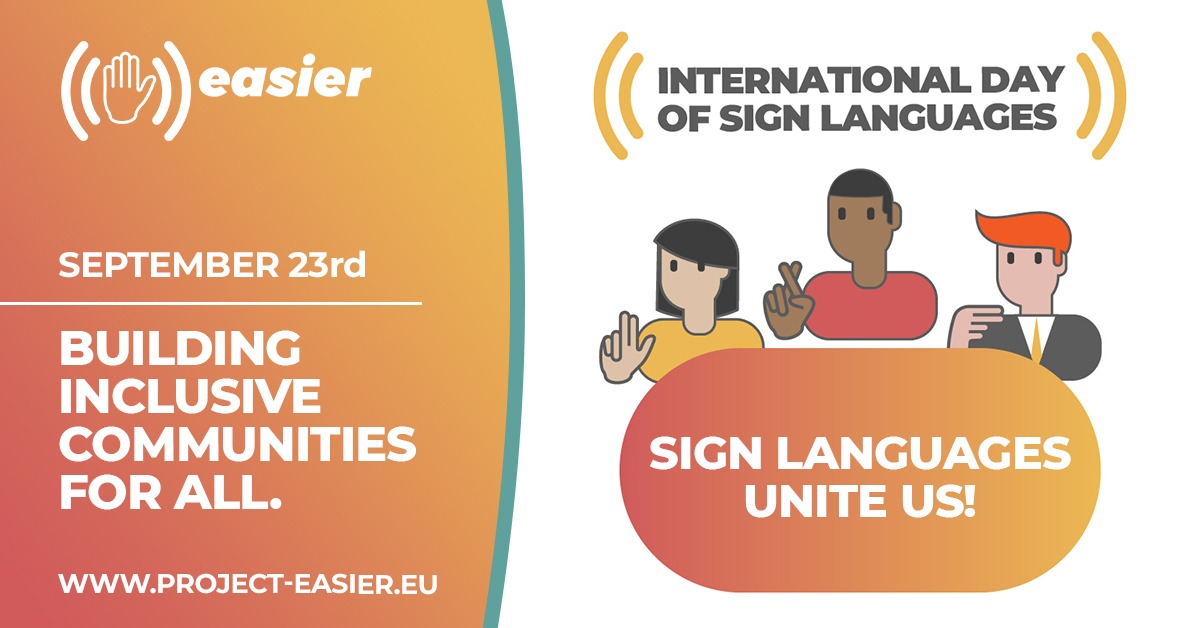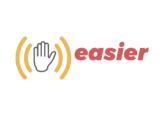Some people mistakenly assume that there is a common worldwide sign language, but just like there is no universal spoken language, there is no universal sign language. This misconception probably comes from the fact that sign languages are still a largely unfamiliar field. That is why, in today’s article, we will shed more light on the subject.
What is a sign language?
Signing is a visual form of communication that uses hand gestures, body language, and facial expressions to convey meaning. Contrary to the common assumption, there is no universal sign language. In fact, there are over 300 different sign languages in use around the world. Sign languages typically have their own grammar and syntax, which can be quite different from spoken languages. In other words, sign languages are not a subset of spoken languages – because of their visual and directional nature, signs are rarely expressed in the same order as words in spoken languages.
However, sign languages share some common features among each other, for example space is commonly used to convey information about distance and direction. Sign languages evolve naturally within Deaf communities.
Interesting fact
Although there is no universal sign language, there is a system called International Sign (IS) used for international signed communication.
International Sign is used to facilitate communication in international meetings such as conferences, congresses, etc. However, it is best described as an auxiliary language in which meaning is negotiated between signers. IS is characterised by signers using lexical and grammatical structures from their own national sign language, mixed with highly iconic strategies that can be understood by a broader audience.
International Day of Sign Languages
The International Day of Sign Languages was established to raise awareness of the importance of sign languages for deaf individuals in the full realization of their human rights. The resolution establishing the day was adopted by the United Nations General Assembly on December 19, 2017. It acknowledges that early exposure to sign language and access to services provided in sign language (such as quality education) are crucial to developing deaf individuals and critical to achieving the internationally agreed development goals. It also recognizes the importance of preserving sign languages as part of linguistic and cultural diversity and stresses the significance of the principle “nothing about us without us”.
The International Day of Sign Languages was first celebrated in 2018 as part of the International Week of the Deaf. In 2022, the International Day of Sign Languages theme is Sign languages unite us!

Follow our #DidYouKnowThat campaign to raise your Deaf awareness.
Want to learn more about the importance of using appropriate language when referring to sign languages? Check out one of our previous articles: https://www.project-easier.eu/news/2022/01/13/sign-language-or-sign-language/

